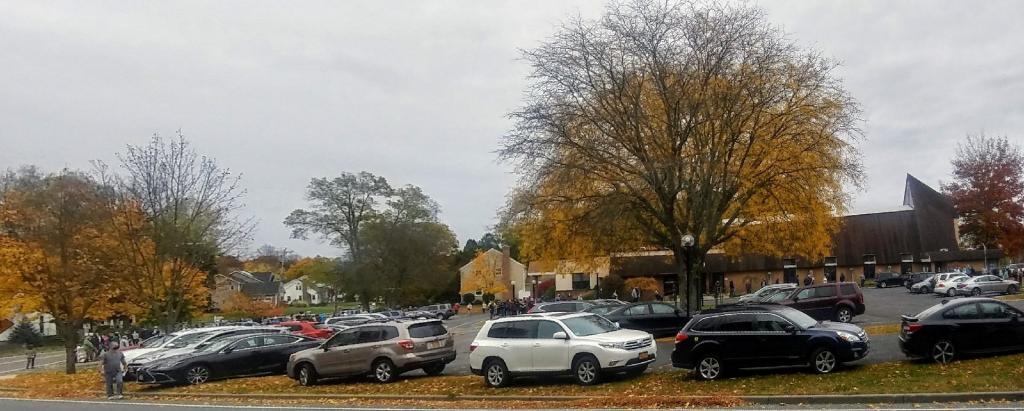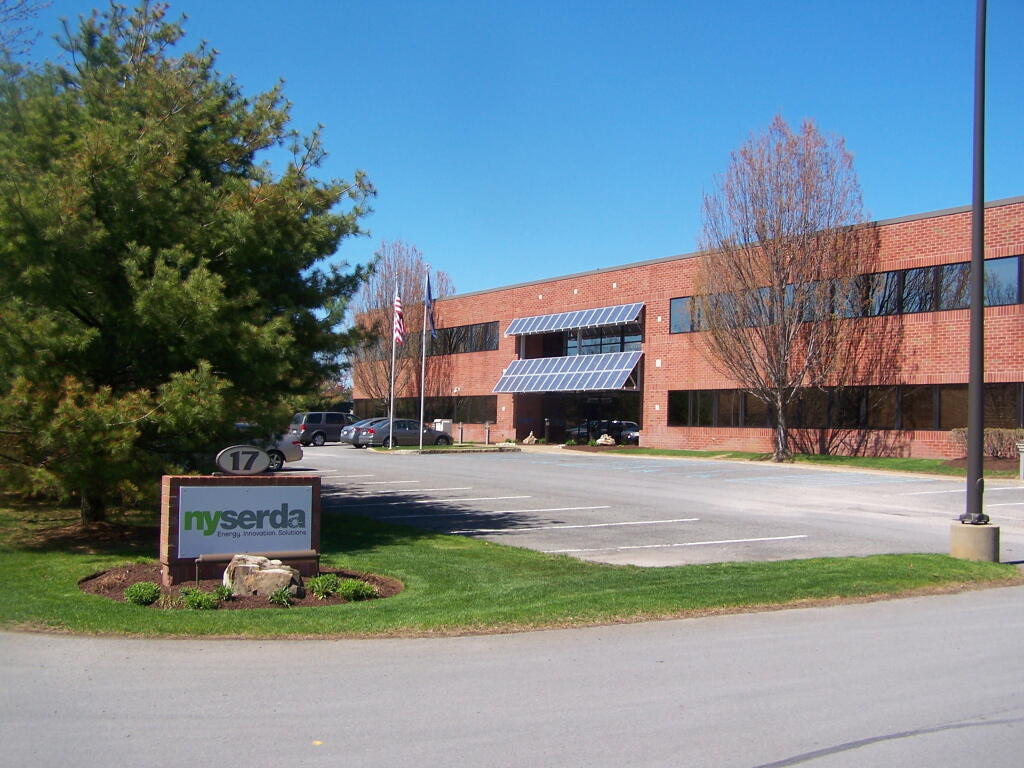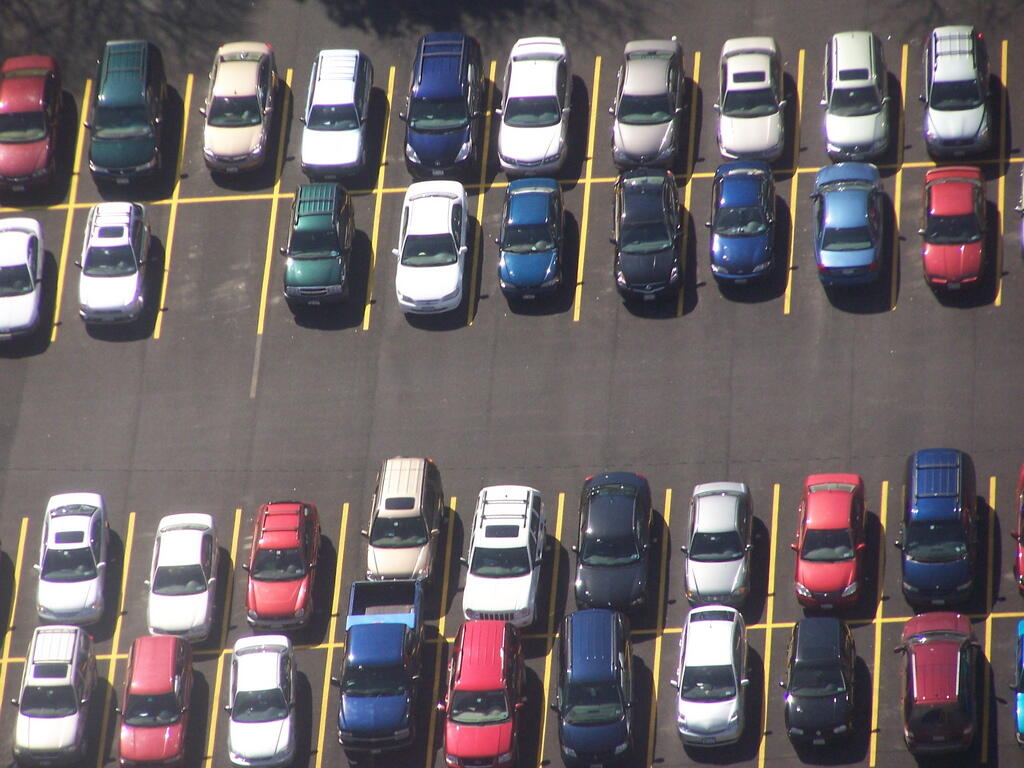Lately there has been a fair bit of discussion about the mass-murder shootings, that usually occur in large suburbs, with populations greater then 100,000, located outside of large cities. Not only do these happen in large suburbs, but often the outer rim of the suburbs, towards the rural fringe, where some of the newest suburban housing is located.
Much of the discussion has been over gun control and accessibility of guns in many households. Yet, if gun ownership was the problem, then most mass murders would come from rural households where gun ownership and hunting is far more common on the farm and forest lands. Yet, that’s not where the majority of mass murders come from.
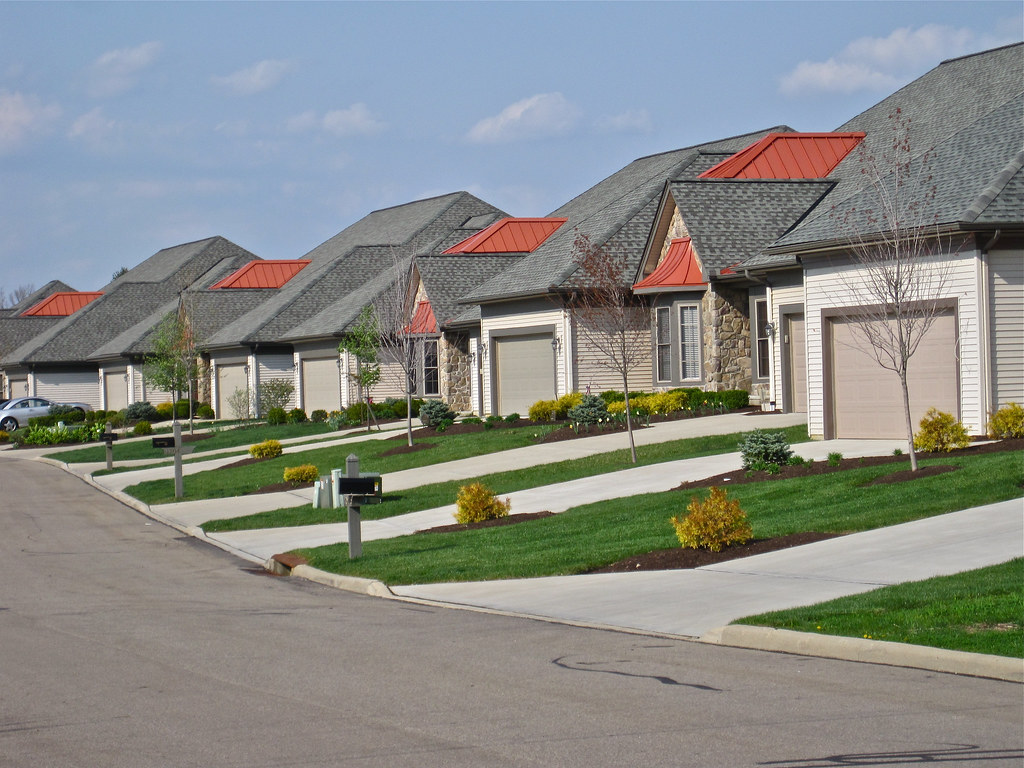
It’s the suburbs. Usually the outer suburbs, usually home to the most politically, and especially socially conservative Americans. The outer suburbs tend to be not only very white and wealthy, but also outspoken on issues of prohibiting gay marriage and abortion. Mega-churches preaching gospel from Walmart sized and styled cathedrals dot the landscape.
Yet, being a social conservative is not what makes one a killer. Plenty of rural folks are conservative after all, yet they don’t kill. Rural churches often preach very conservative views too. Those folks don’t kill much besides deer and turkeys. What does make a killer is living in vast spiritual wasteland known as the mega-suburbs.
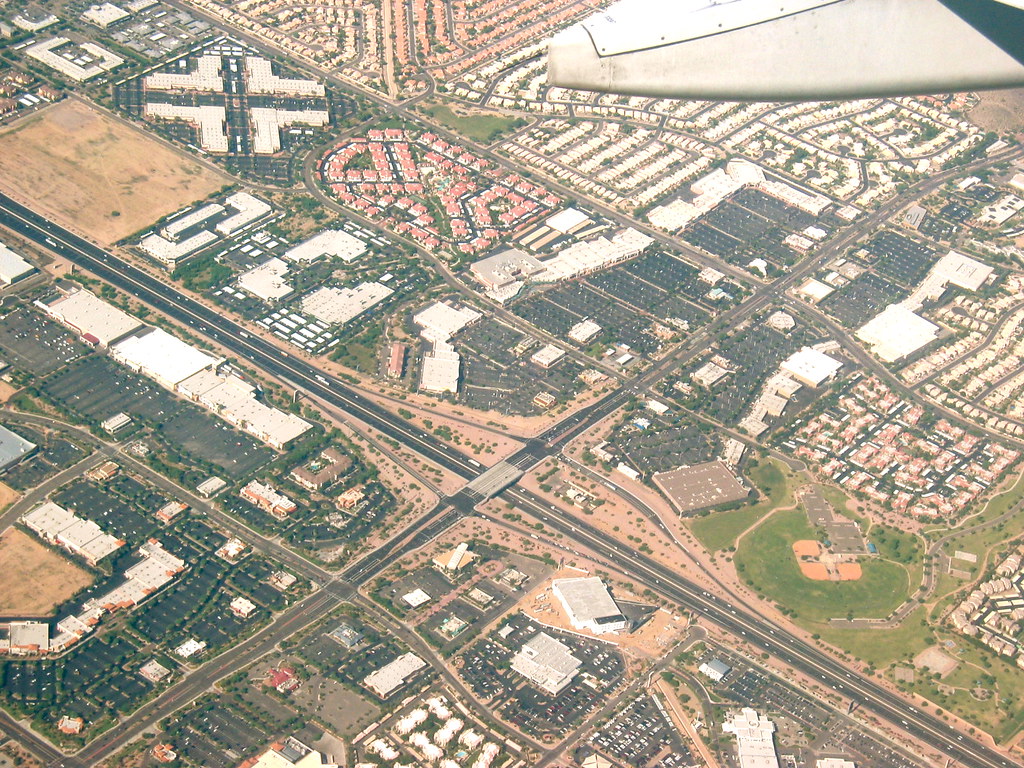
The Mega-Suburban Environment.
Mega-suburbs are basically a mid-size city scaled up to the automobile-size, with private detached houses with yards, on endless sets of cul de sacs and parking lots. Land use is strictly segregated, with housing in one location, retail outlets in another, and office parks in finally another. Everything is massive to accommodate a large population, yet isolating and impersonal.
Life has no style or passion in such locations. It’s all about Keeping Up with the Jones, having the new big house, the new big car, and all things else built with plywood and vinyl siding. It’s about the good paying job to pay for all these expensive things, and try to provide your kids with a “better life” in the suburbs. Life is boring and repulsive.
In these mega-suburbs, typically everything is connected by massive connector roads with 6-8 lanes with endless stoplights, bordered by retail, and often overcrowded but underbuilt 2-lane secondary roads. Folks drive everywhere, greatly cutting down on interaction with one and another. People spend multiple hours a day stuck in traffic and fighting for a parking spot at the shopping center. Never meeting another person through much of days activities, it’s easy to develop hostile feelings towards others you don’t interact with except from within the confines of an automobile.

The Mega-Suburban Fascist Police State.
At same time, mega-suburbs tend be governed draconian governments that try to regulate every part of one’s lives, to keep the “quality” of the community up. Every mega-suburb has very detailed zoning codes that try to keep up appearances of endless vinyl siding houses, and strip malls, over the pretend value that it increases neighbors property values.
With the masses of faceless people driving on crowded but large highways, strict anti-road rage and speeding laws must be strictly enforced by the police. Bored teenagers, wandering the streets, must be strictly disciplined by the police, because there are no parents or neighbors outside to watch out for the kids. Cameras dot the streets of the mega-suburbs, because people are afraid of crime, real or imagined. The police presence is always very noticeable in mega-suburbs.
Life in mega-suburb is a life of government fascism. People in mega-suburbs often have no interaction with their legislative bodies, except maybe to vote to pro-business and pro-growth conservatives in the fall. They feel they need the security provided by an overbearing police force, and complicated home security systems. People are paranoid and scared living in the mega-suburbs, fearing others will take all that they’ve worked so hard to obtain.
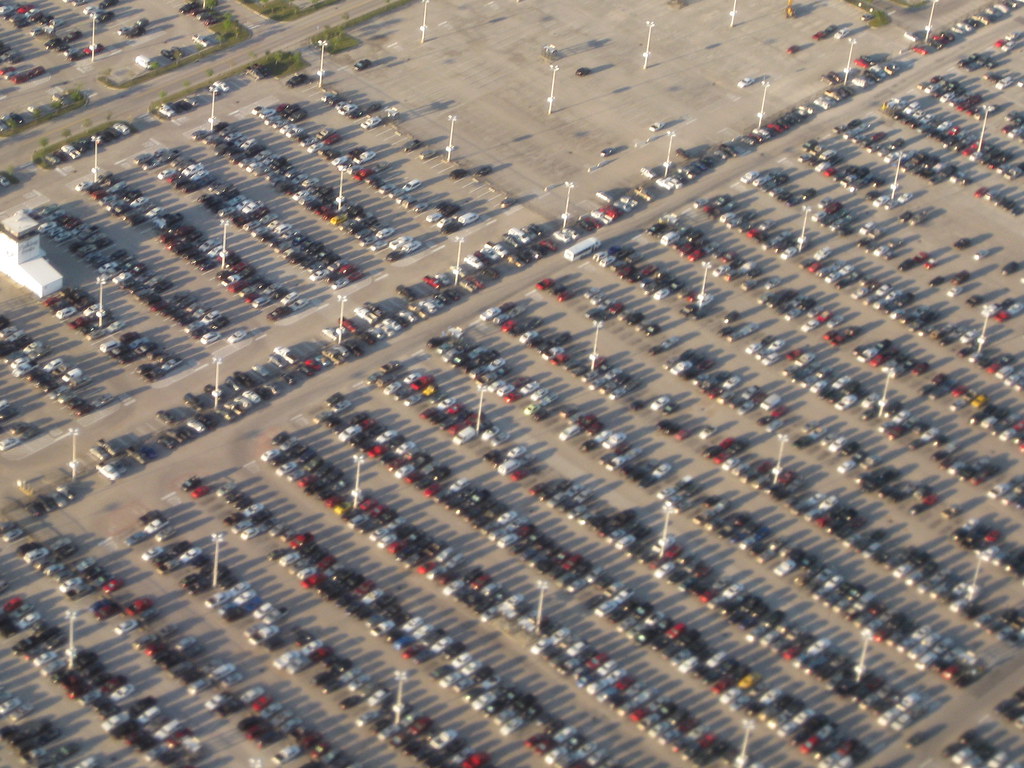
The Mega-Suburban Nature Deficit.
Mega-suburbs, while often close to corn fields, farms, and rural areas, have little contact with areas beyond the urban-rural interface. Most suburbanites never go past it, and if anything view the rural folks beyond the urban-rural interface to be little more then under-educated rural idiots.
Mega-suburbs have parks, but they are usually just highly developed recreational areas for use solely by paying and structured High School football and softballs teams. They are not for relaxation or nature enjoyment — but always developed and highly controlled activities. There is no getting away from it all — except in one’s own home — where the stresses of home and feelings of isolation creep in.
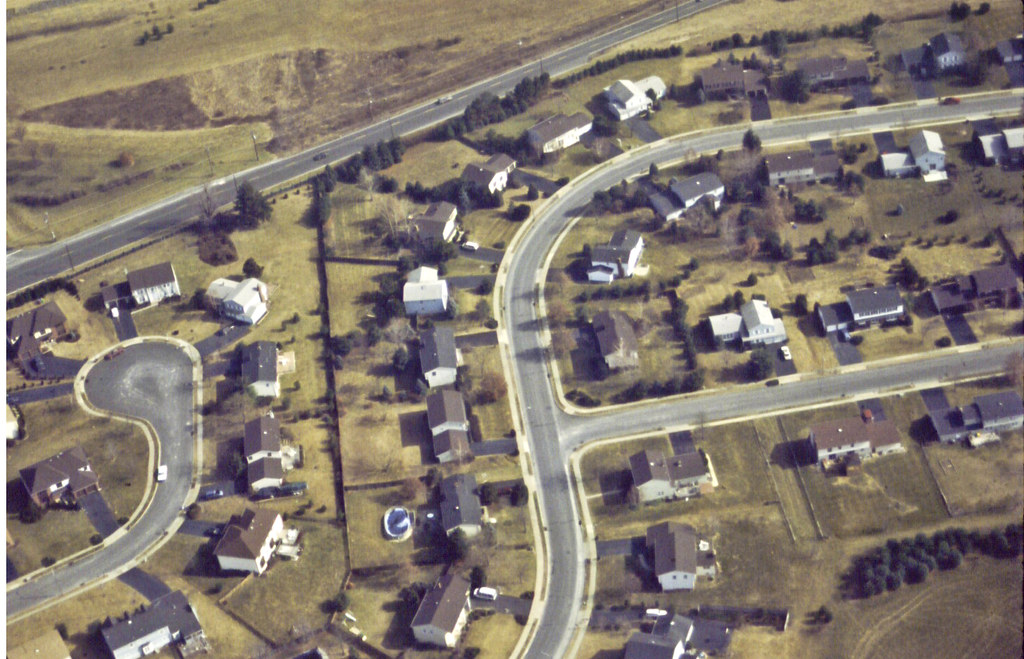
The Mega-Suburbs Are Scary Places With Scary People.
Folks who live in mega-suburbs rarely get out of highly controlled environments, where informal interactions are rare. In the mega-suburbs, people don’t pass each other on streets without 2-tons of steel wrapped around them. They don’t interact with people except in office complexes, or at Credit Card checkout lines at mega-Walmarts.
In cities, folks walk down streets, ride public transit, and interact with people at small bodegas and shops. In rural areas, people attend small personable churches, know their neighbors, and shop at places with familiar faces. In contrast, the mega-suburbs lack any kind of personal interaction, without highly regimented rules and government controls.
… we need to ban mega-suburbs to save human life.

